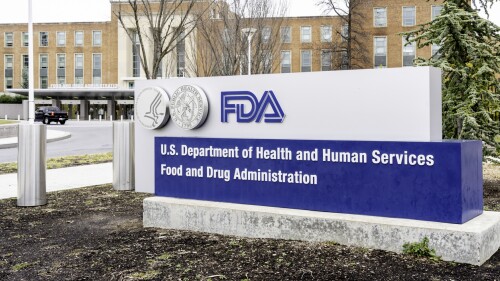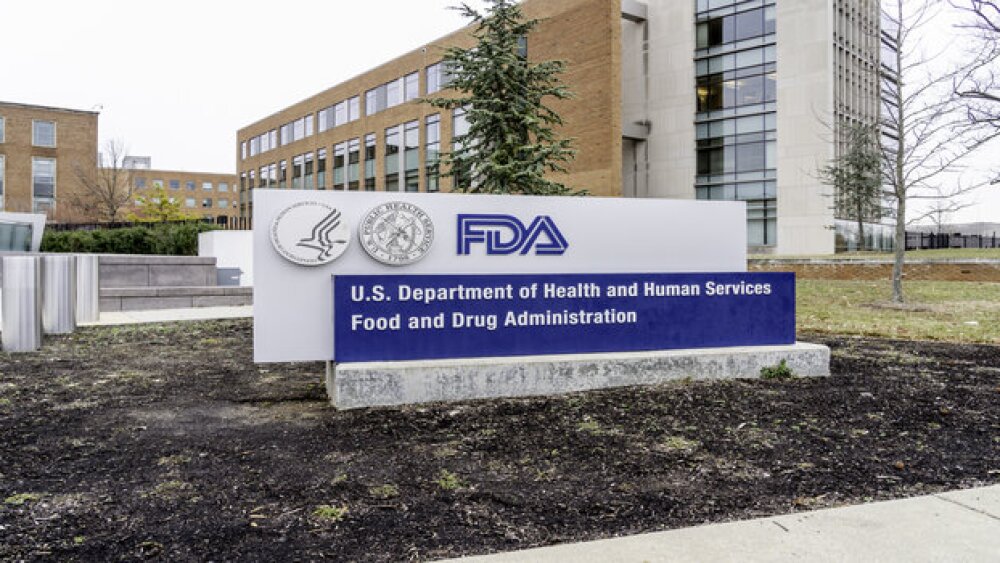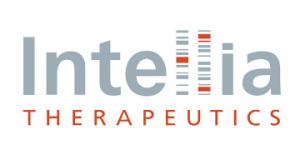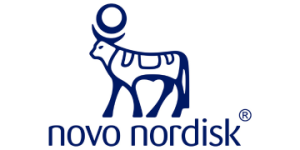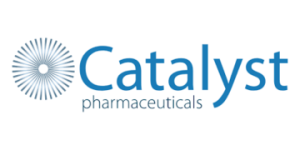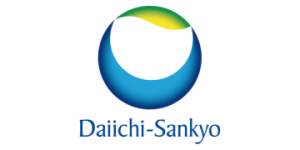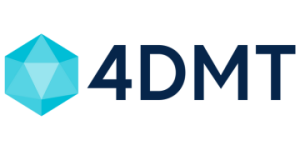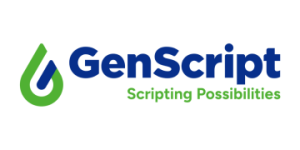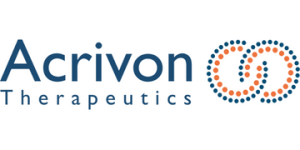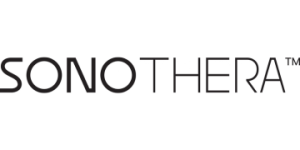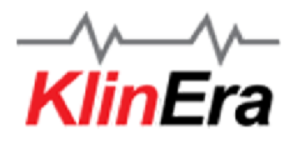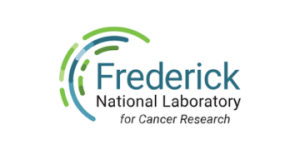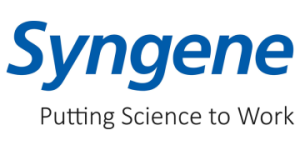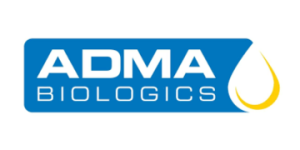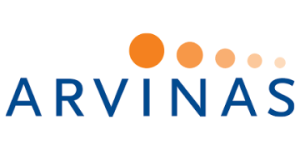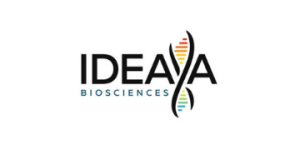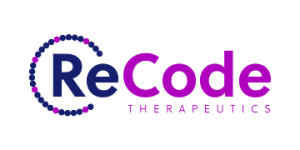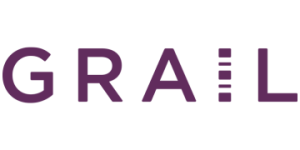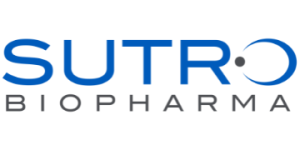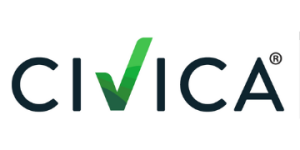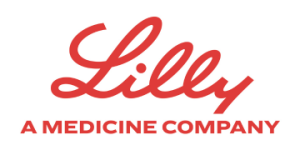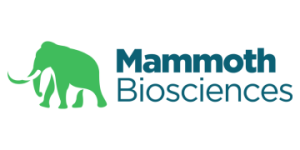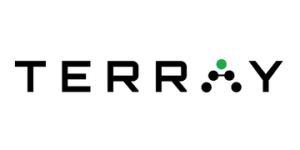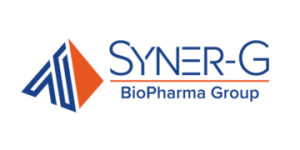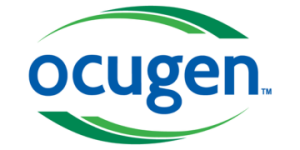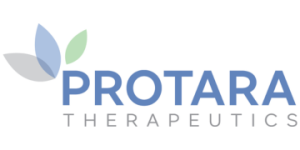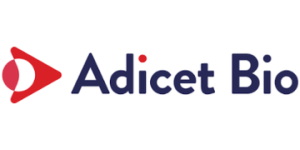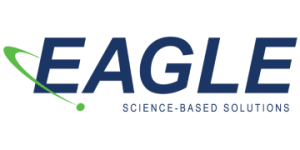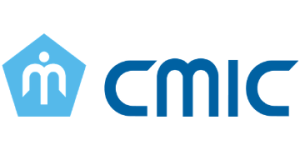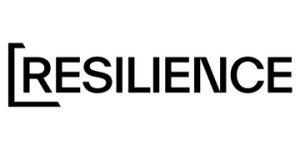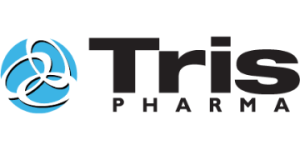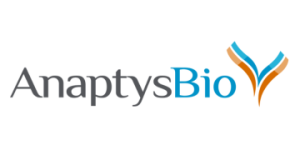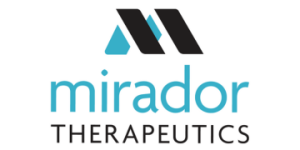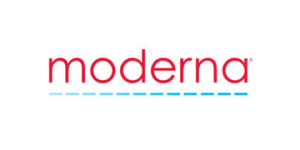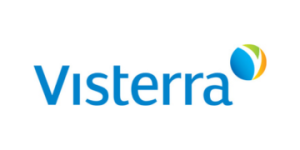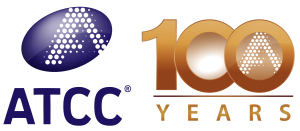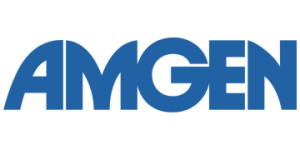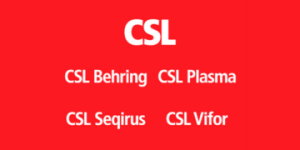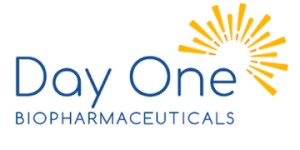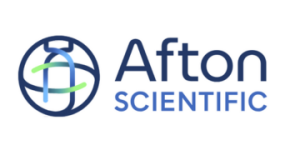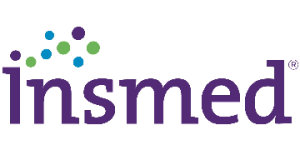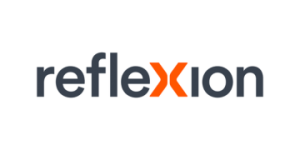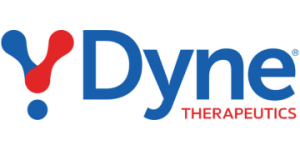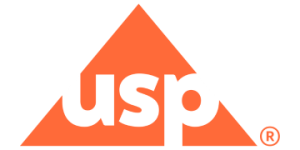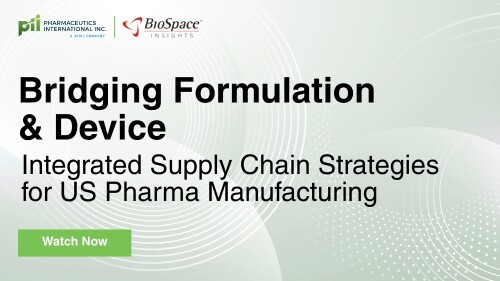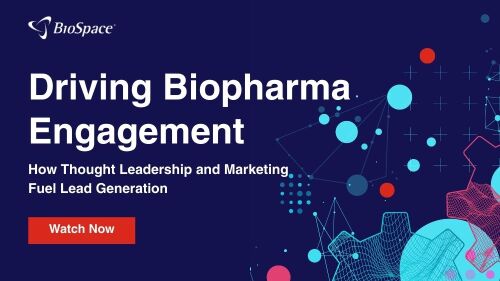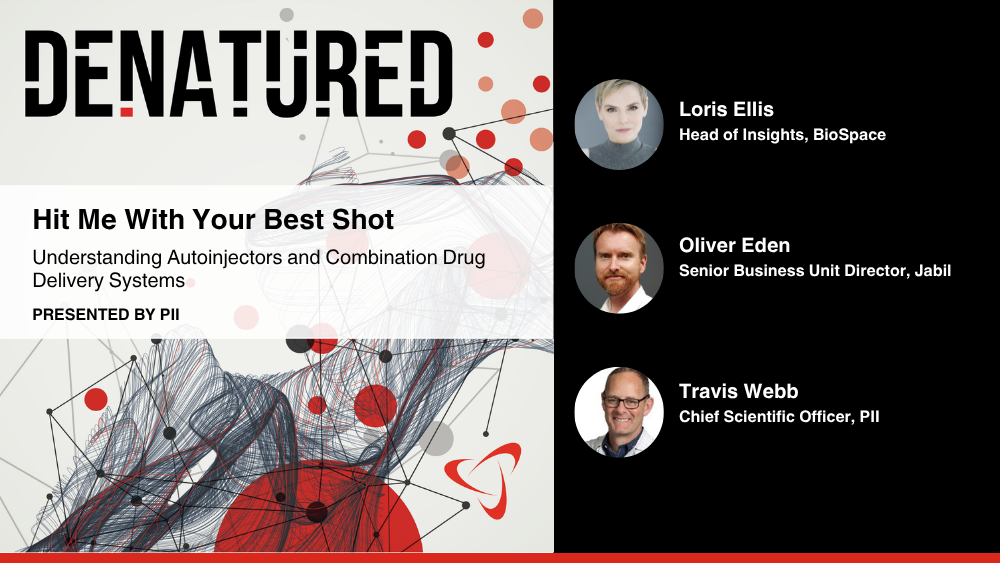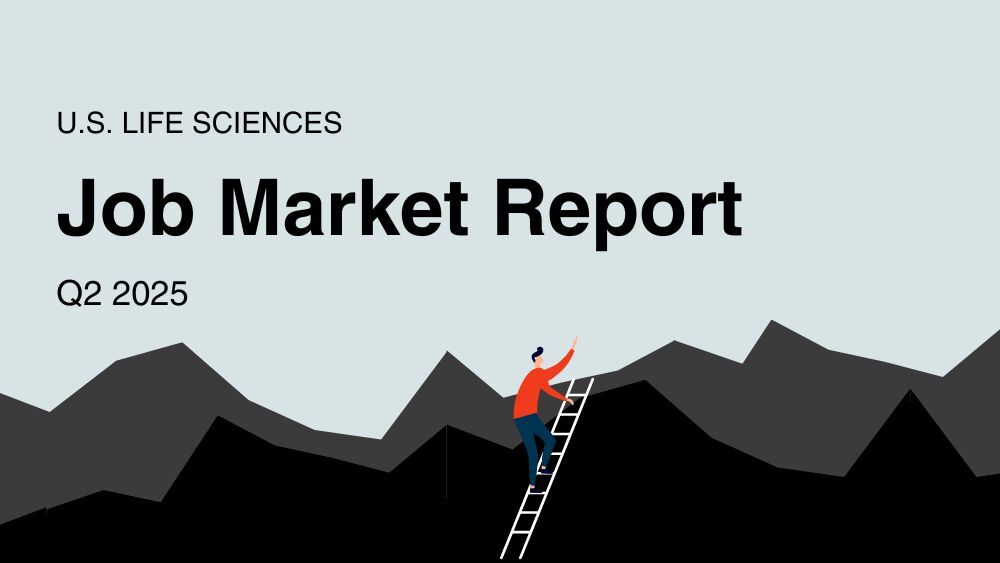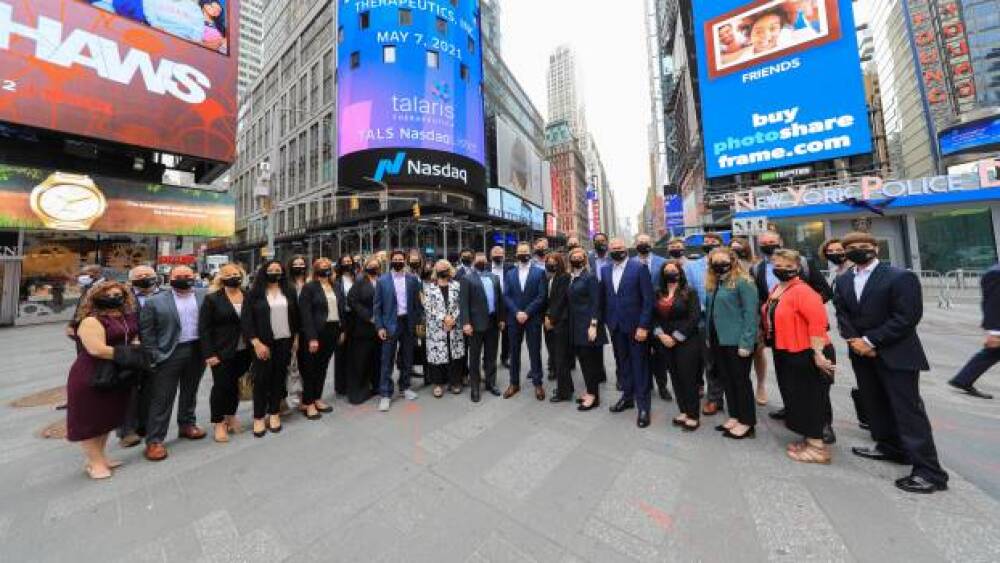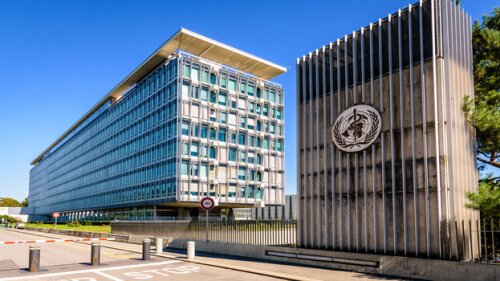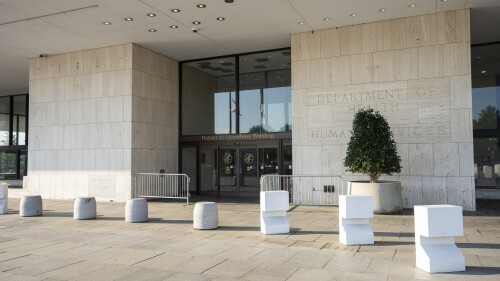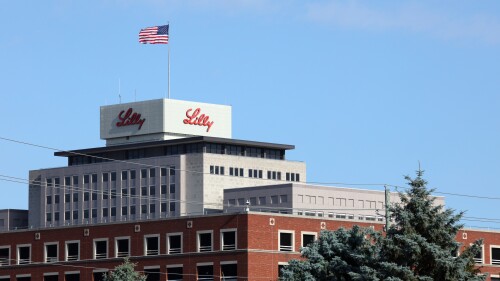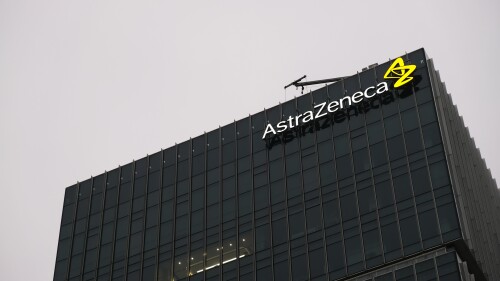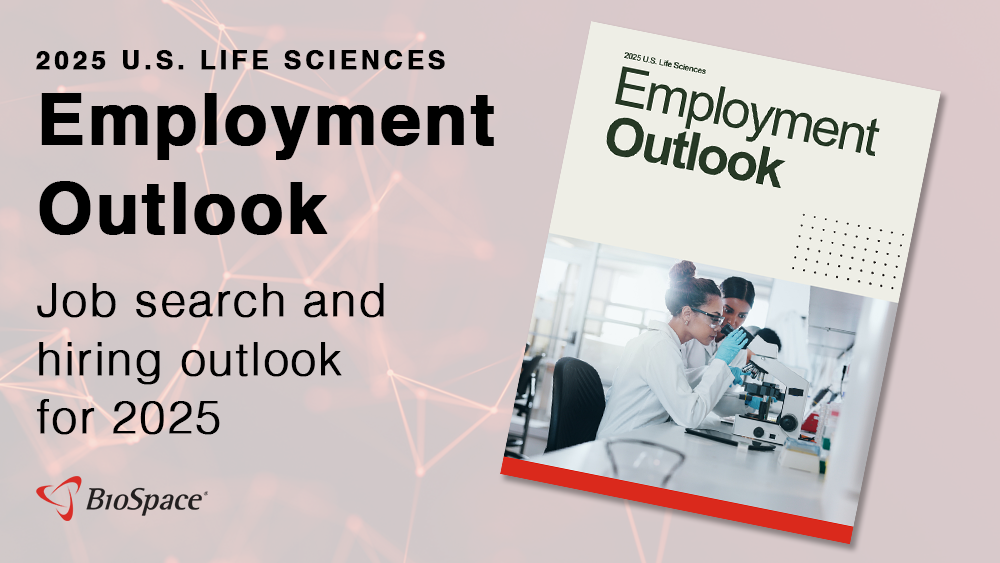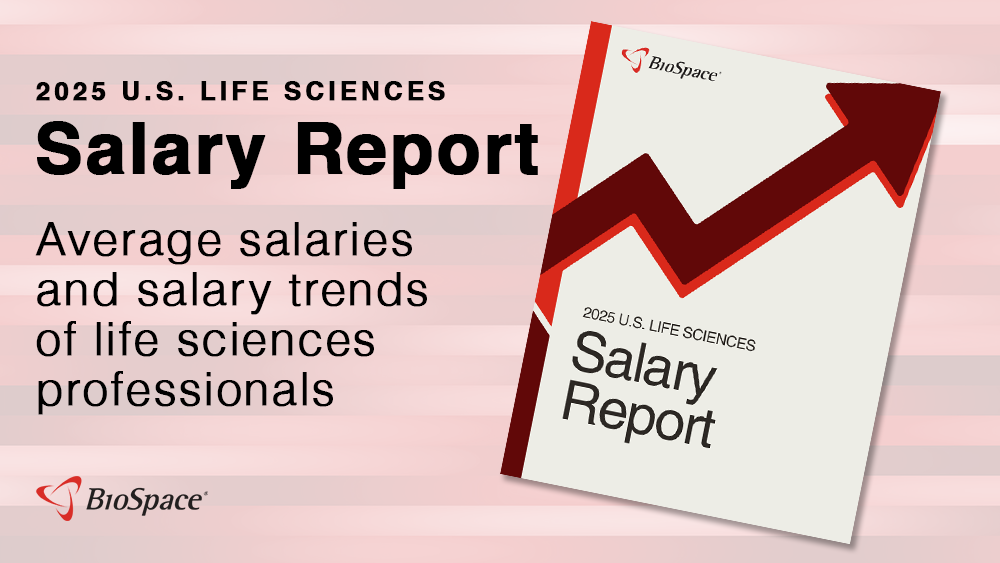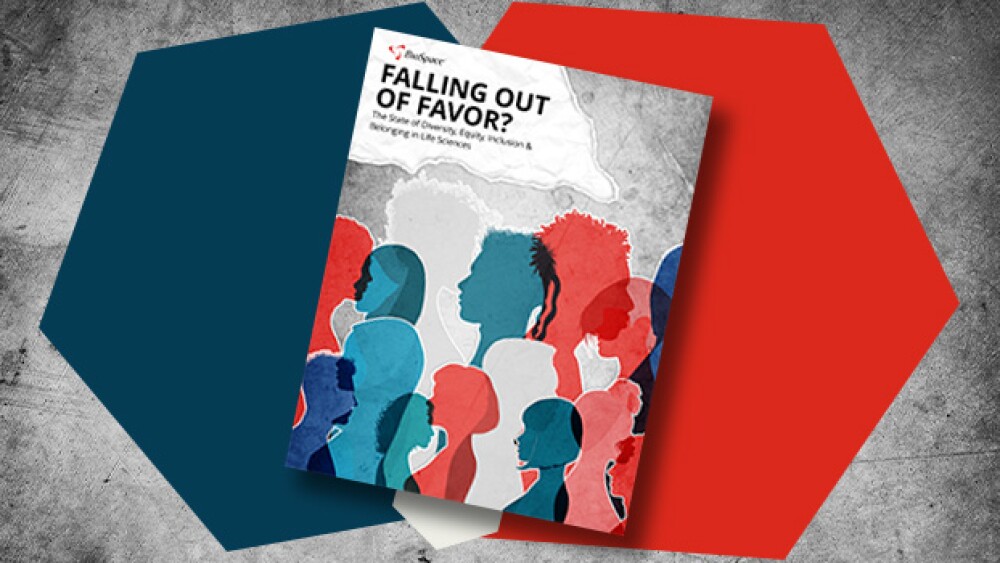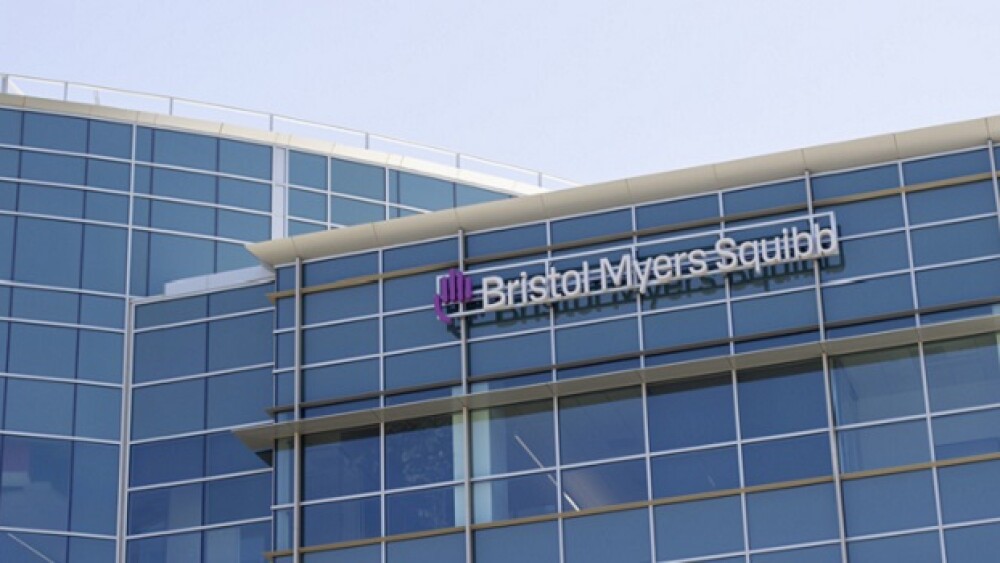Eli Lilly’s tirzepatide is expected to be worth $62 billion annually by 2030, according to Evaluate. That valuation would be three times larger than what AbbVie’s blockbuster Humira ever achieved.
Gilead is betting up to $750 million on Kymera’s anti-CDK2 molecular glue for solid tumors, while Sanofi elected to move forward with another protein degrader from the biotech, designed to target immune-mediated diseases.
The FDA is assessing the need for “further regulatory action” on Sarepta’s Duchenne muscular dystrophy gene therapy in the aftermath of two patient deaths, though the regulator has not yet specified what action this could be.
Mike Davis previously worked as clinical team leader at the FDA’s Division of Psychiatry before serving as chief medical officer for Usona Institute, a research organization advancing psychedelic science.
Despite Nektar’s share price shooting up as much as 175% on Tuesday, William Blair maintained that “there is an absence of clear differentiation” for rezpegaldesleukin in the atopic dermatitis space.
Robert F. Kennedy Jr. testified in front of largely combative congresspeople on vaccine policy, his MAHA report and more; the mass leadership exodus at the FDA continues as CDER and CBER shed key staff; Kennedy’s revamped CDC vaccine advisors convene for their first meeting; Novo and Lilly present new data at the American Diabetes Association’s annual meeting; and BioSpace recaps BIO2025.
FEATURED STORIES
Given their seven-figure price tags, it’s not clear how accessible the would-be cures will be to U.S. patients on public or private insurance.
Despite concerns raised in FDA briefing documents about Eli Lilly’s Alzheimer’s treatment, donanemab, the committee concluded that the benefits outweighed the risks.
The use of artificial intelligence in the development of cancer vaccines allows for individualized therapy, but the prospect of an ever-changing product poses new challenges for drug developers and regulators.
Both Eli Lilly and the partnered companies Boehringer Ingelheim and Zealand Pharma have mid-stage data readouts this week, fueling the race in metabolic dysfunction-associated steatohepatitis.
There are multiple ways biopharmas create inclusive workplaces for LGBTQ+ employees, and they go beyond employee resource groups and benefits.
In this deep dive BioSpace analyzes the neuropsychedelic therapeutics pipeline, which grabbed headlines in February when the FDA accepted the New Drug Application for Lykos Therapeutics’ MDMA capsules for PTSD.
LATEST PODCASTS
In this episode presented by PII, BioSpace’s head of insights discusses with guests Oliver Eden and Travis Webb how autoinjectors offer opportunities to improve delivery systems, patient compliance and clinical trial processes.
M&A headlined for a second straight week as Genmab acquired Merus for $8 billion; Pfizer strikes most-favored-nation deal with White House; CDER Director George Tidmarsh caused a stir with a now-deleted LinkedIn post; GSK CEO Emma Walmsley will step down from her role; and uniQure’s gene therapy offers new hope for patients with Huntington’s disease.
The FDA is hoping to repurpose GSK’s Wellcovorin for cerebral folate deficiency; Pfizer acquired fast-moving weight-loss startup Metsera for nearly $5 billion after suffering a hat trick of R&D failures; psychedelics are primed for M&A action and Eli Lilly may be next in line; RFK Jr.’s revamped CDC advisory committee met last week with confounding results; and Stealth secured its Barth approval.
Job Trends
ABIONYX Pharma acknowledges that the Phase 3 AEGIS-II study evaluating the efficacy and safety of CSL Behring’s human-plasma-derived apoA-I, CSL112, compared to placebo in reducing the risk of major adverse cardiovascular events in patients following an acute myocardial infarction, did not meet its primary efficacy endpoint of MACE reduction at 90 days.
Subscribe to Genepool
Subscribe to BioSpace’s flagship publication including top headlines, special editions and life sciences’ most important breaking news
SPECIAL EDITIONS
In this deep dive, BioSpace explores the next big thing in obesity.
BioSpace did a deep dive into biopharma female executives who navigated difficult markets to lead their companies to high-value exits.
BioSpace data show biopharma professionals faced increased competition for fewer employment opportunities during the second quarter of 2025, with increased pressure from further layoffs.
DEALS
-
Under the merger announced Thursday, Tourmaline shareholders will own nearly 80% of the new company, which will retain its name and continue to focus on developing its anti-IL 6 antibody.
-
Eli Lilly stands to gain access to DICE Therapeutics’ DELSCAPE platform, which enables the design of orally available molecules for autoimmune and inflammatory diseases.
-
The stock deal aims to strengthen Coherus Biosciences’ position in the field of cancer therapeutics and expand its product portfolio.
-
The initial public offering on the Nasdaq is a last-ditch effort by the biotech as there is “substantial doubt” as to the company’s “ability to continue as a going concern” without the IPO, according to its SEC filing.
-
The company is paying $3.2 billion upfront in cash for Chinook’s two immunoglobulin A nephropathy candidates, atrasentan and zigakibart, which will complement its own IgAN hopeful iptacopan.
WEIGHT LOSS
-
The investment arm of the Novo Nordisk Foundation is acquiring contract development and manufacturing organization Catalent to help meet high demand for Ozempic and Wegovy.
-
The biotech is taking a synergistic approach to obesity with two muscle-preserving antibodies set to enter a Phase II study in mid-2024 in combination with existing incretin-based treatments.
-
Driven by soaring demand for its diabetes and weight loss drugs, Novo Nordisk on Wednesday reported better-than-expected full-year 2023 earnings with a 31% sales increase.
-
Stringent regulation, manufacturing costs and absence of price control contribute to high GLP-1 agonist costs in the U.S. Patients could go to other countries for cheaper treatment.
-
The persistent shortage of genuine glucagon-like peptide 1 receptor agonist products has led to an increase in fake versions, the World Health Organization warned on Monday.
POLICY
-
Allarity Therapeutics announced Monday that the Securities and Exchange Commission has made a preliminary determination recommending an enforcement action against the company for alleged violations of federal securities laws.
-
The Department of Health and Human Services’ Office of the Inspector General found that bluebird bio’s fertility support program for its gene therapies could potentially violate federal anti-kickback statutes.
-
Eli Lilly’s tirzepatide, which has previously been approved in China for diabetes, can now also be used for chronic weight management in the world’s second most populated country.
-
As scrutiny of pharmacy benefit managers mounts, a House committee will hold a hearing on the alleged anticompetitive business practices of these middlemen.
-
AstraZeneca joins Johnson & Johnson and Bristol Myers Squibb in appealing a previous legal loss for its challenge to the government’s drug price-setting program.
Your amazing résumé in which you creatively maximized available space or ensured perfectly aligned lists by using advanced formatting can confuse an applicant tracking system.
The first biopharma interview after college will increase your stress and anxiety. However, we offer a few time-tested tips to help you nail your first interview.
Think of your career as a living, breathing thing. In order to keep it alive, you need to continually feed it so it can thrive. But how do you do that?
Knowing how to spruce up the document can help you be remembered. Here are some ways to set yourself apart with your cover letter!
The idea is to have a conversation with someone holding a job like the one you’d like to have and perform informational interviews to ask all about what the job is like.
When you’re evaluating a job offer it can be hard to look past the salary. But if a company can’t budge on their budget, it’s time to think about other things they may be able to offer you.
HOTBEDS
REPORTS
In this Employment Outlook report, BioSpace explores current workforce sentiment, job activity trends and the prospective job and hiring outlook for 2025, particularly as it compares to the previous year.
BioSpace’s third report on diversity, equity, inclusion and belonging in life sciences examines dramatic shifts in attitude around diversity initiatives.
CANCER
-
Following back-to-back approvals in lymphocytic leukemia, Bristol Myers Squibb’s CAR-T therapy Breyanzi on Wednesday won the FDA’s green light for relapsed or refractory follicular lymphoma.
-
Two of the five fatalities were found to be unrelated to MacroGenics’ investigational antibody-drug conjugate vobra duo, while the other three are still under investigation.
-
ADC Therapeutics is positioning Zynlonta for a label expansion with new Phase II data showing that the treatment can elicit high rates of complete response in patients with relapsed or refractory marginal zone lymphoma.
-
Following the regulatory victory of Balversa in urothelial carcinoma, Johnson & Johnson on Friday continued its bladder cancer winning streak with an 82.8% complete response rate forTAR-200 in high-risk non-muscle invasive bladder cancer.
-
Following an upsized IPO earlier this year, CG Oncology on Friday posted promising Phase III data for cretostimogene, which elicited a 75% complete response rate in high-risk non-muscle invasive bladder cancer patients.
NEUROSCIENCE
-
The companies, which have been partners for a decade on various research programs, are pooling their efforts in two early-stage programs for Alzheimer’s and Huntington’s diseases using RNA-targeting medicines.
-
Pivotal clinical trials in Alzheimer’s disease, Huntington’s disease, amyotrophic lateral sclerosis and multiple sclerosis are expected to read out this fall. Here’s a closer look.
-
Following a controversial Rett Syndrome trial last year, Anavex Life Sciences’ blarcamesine has claimed another clinical victory—this time in an Alzheimer’s disease Phase IIb/III study.
-
With a potential combined market value of $30 billion, BioSpace takes a deep dive into the Phase III data supporting Eisai and Biogen’s Leqembi and Eli Lilly’s investigational donanemab.
-
With a recent study yielding positive results, experts say GLP-1 drugs are making headway in treating Alzheimer’s and other neurodegenerative diseases.
CELL AND GENE THERAPY
-
Rocket Pharmaceuticals’ strategic realignment initiative in July pulled funding from fanca-cel, which the biotech was developing for Fanconi anemia.
-
The centerpiece of the collaboration is the gene editor ABO-101, being developed for primary hyperoxaluria type 1, a rare disease that leads to severe kidney stones.
-
As industry leaders gather at the annual event in Phoenix, the cell and gene therapy space remains in a state of flux, with M&A activity and regulatory support signaling momentum while commercialization challenges continue to hinder broader investor interest.
-
Smarter design through targeted delivery and human-relevant testing can save the industry from costly safety failures.
-
Following up on previous, dimly received issuances, a new set of ideas published by the FDA to streamline regulatory pathways for cell and gene therapies ‘for small populations’ is receiving a warmer welcome—but experts warn it will take more to turn the tide for the fraught therapeutic space.







